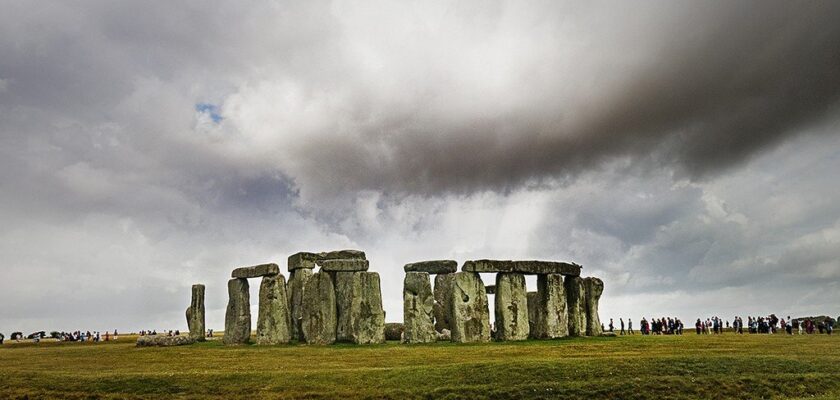Stonehenge
Stonehenge is one of the most famous iconic structures in the world, its ancient megaliths are the subject of a huge number of legends and myths. It is located in the center of the Salisbury Plain in southern England.
>There is hardly another structure in the world that has kept its secrets for as many years as the stone circle on Salisbury Plain. It is only certain that Stonehenge was a cult and burial site during the Mesolithic period (c. 8500 BC) and that its name comes from the Old English stanhen gist, “hanging stones.”
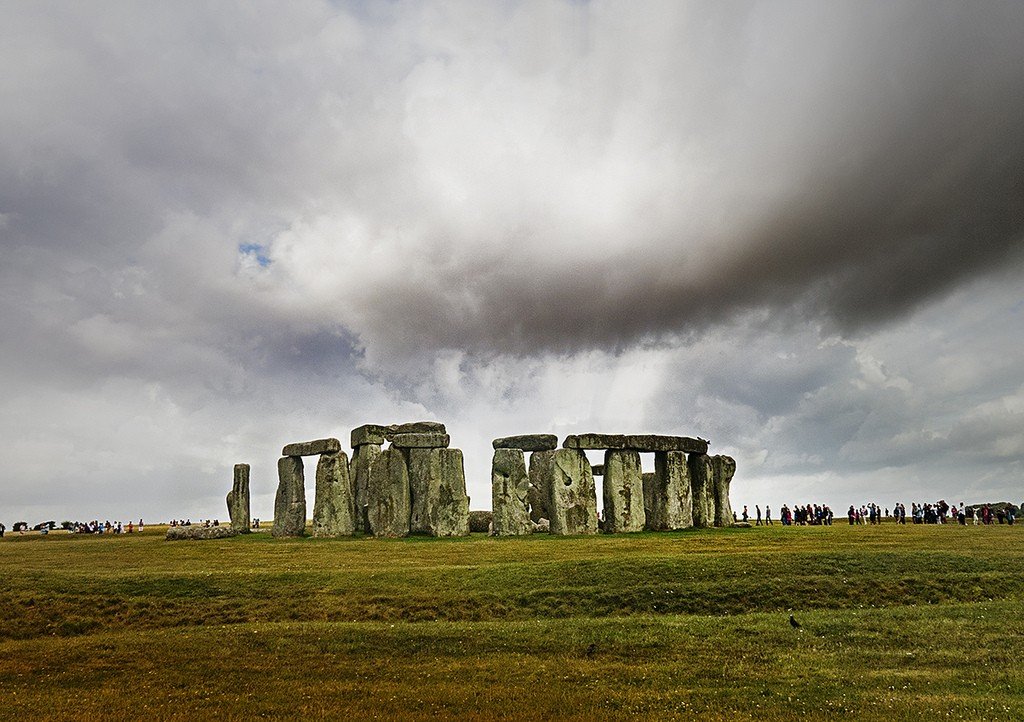
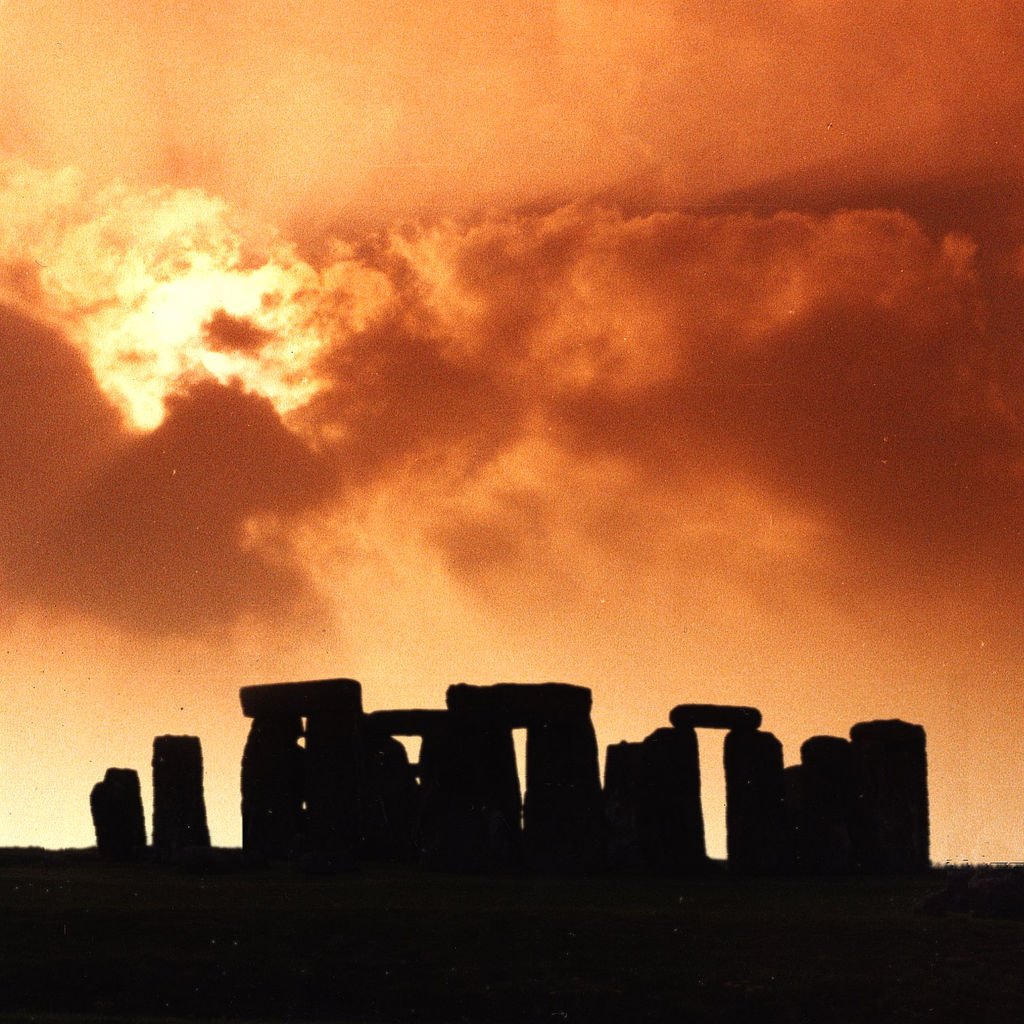
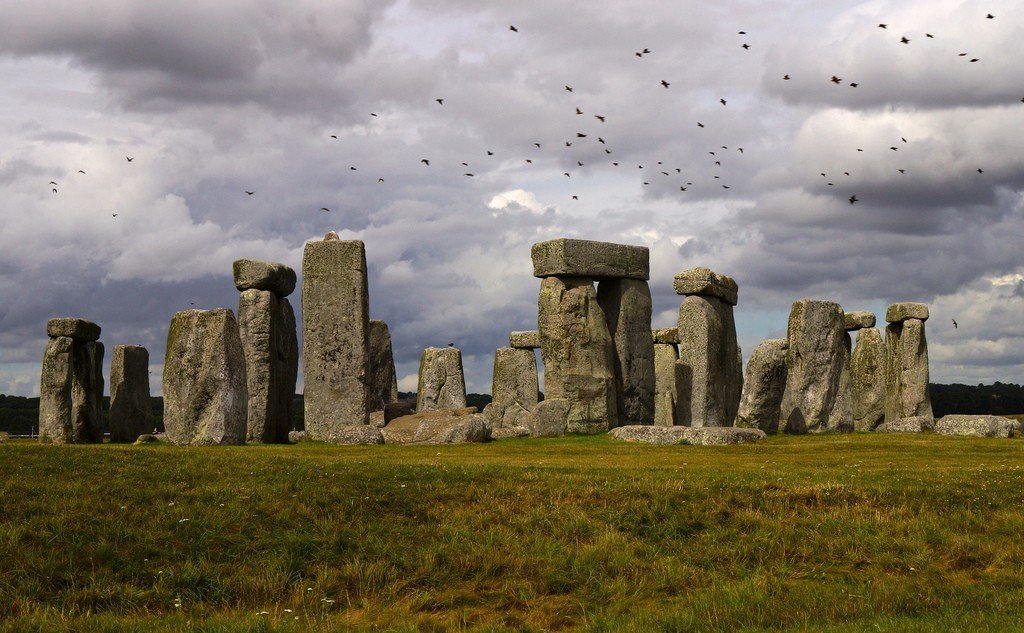
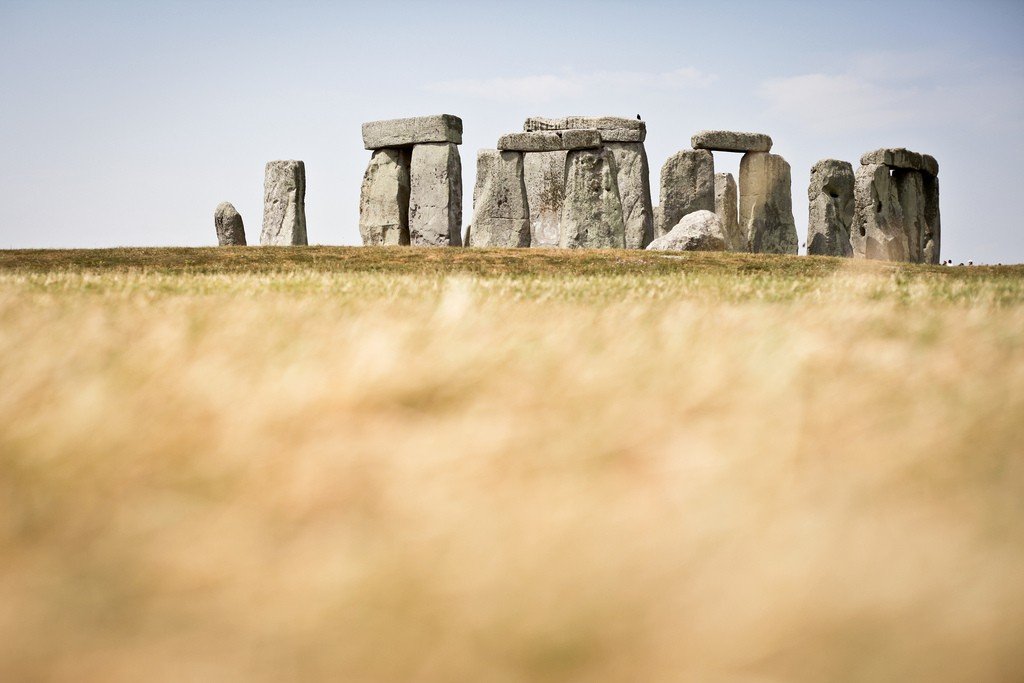
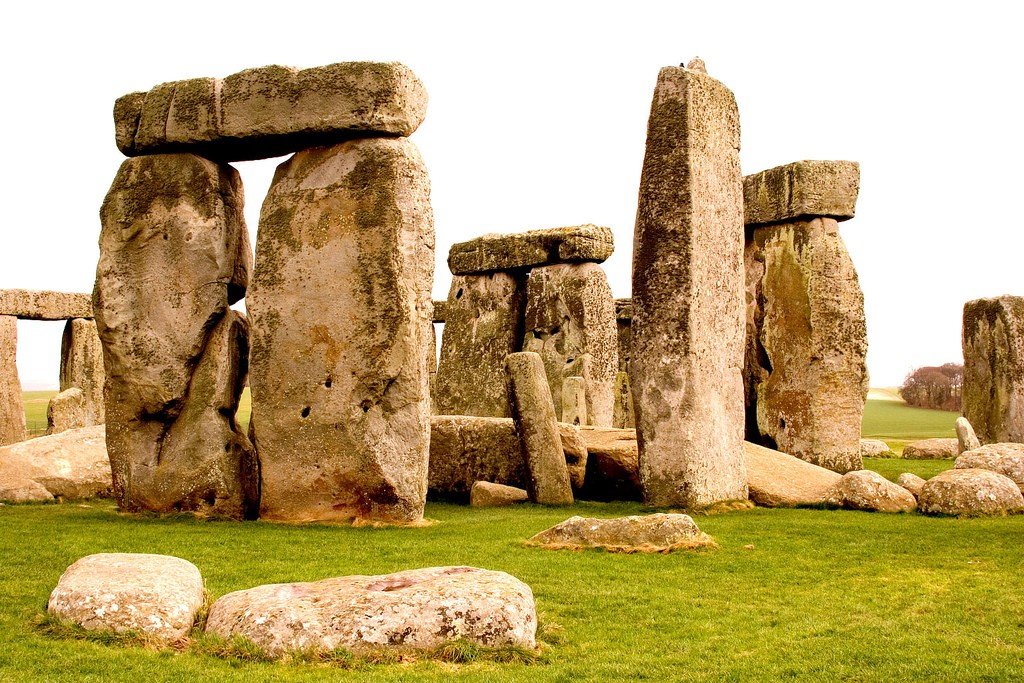
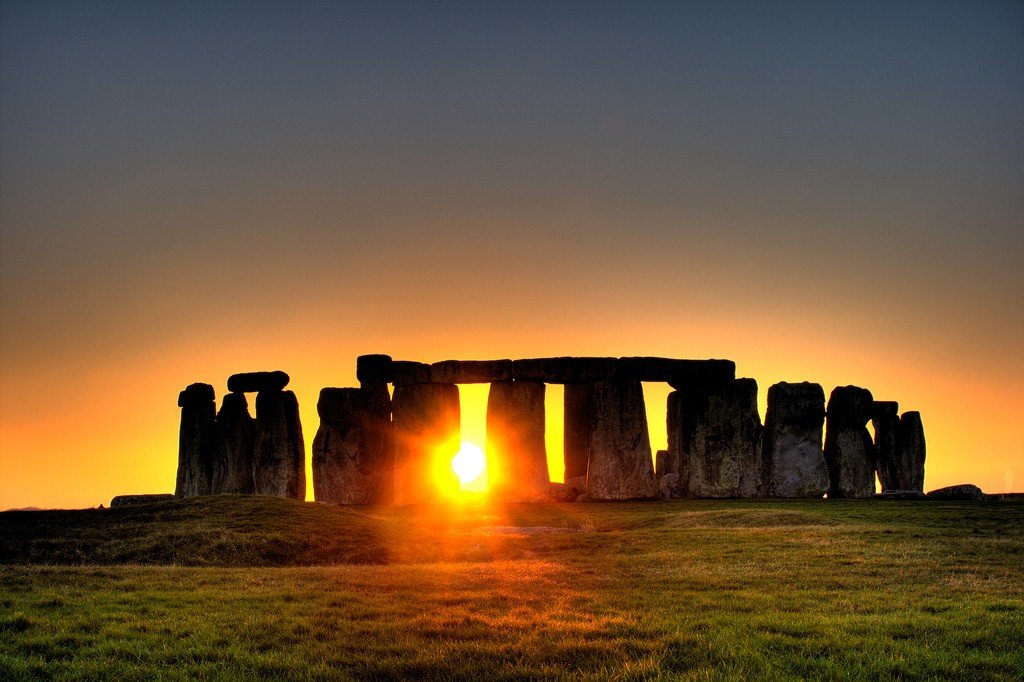
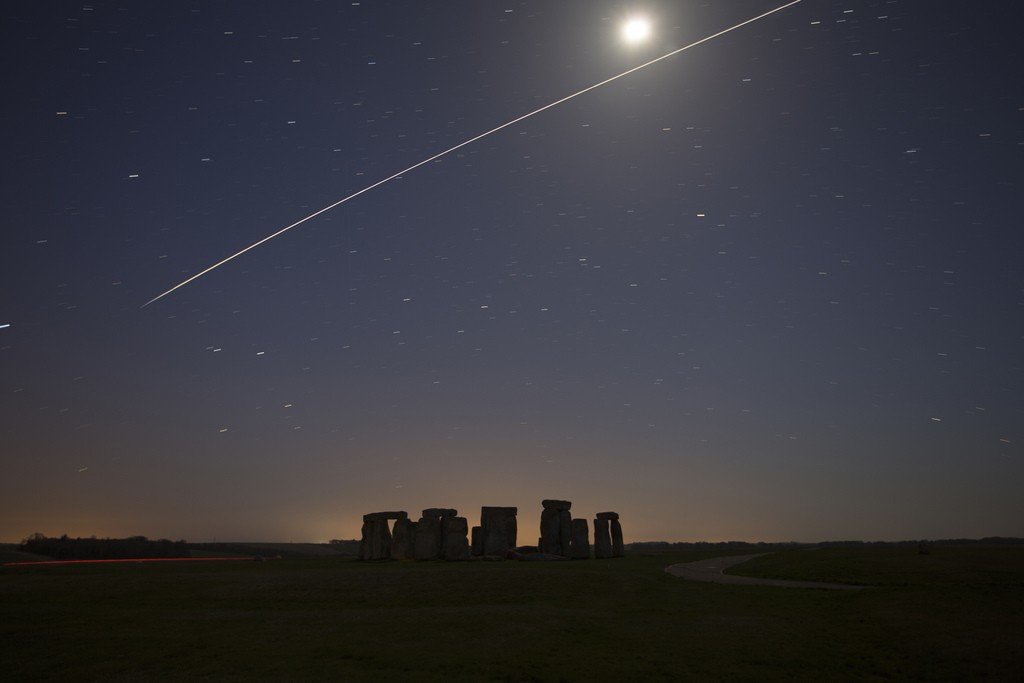
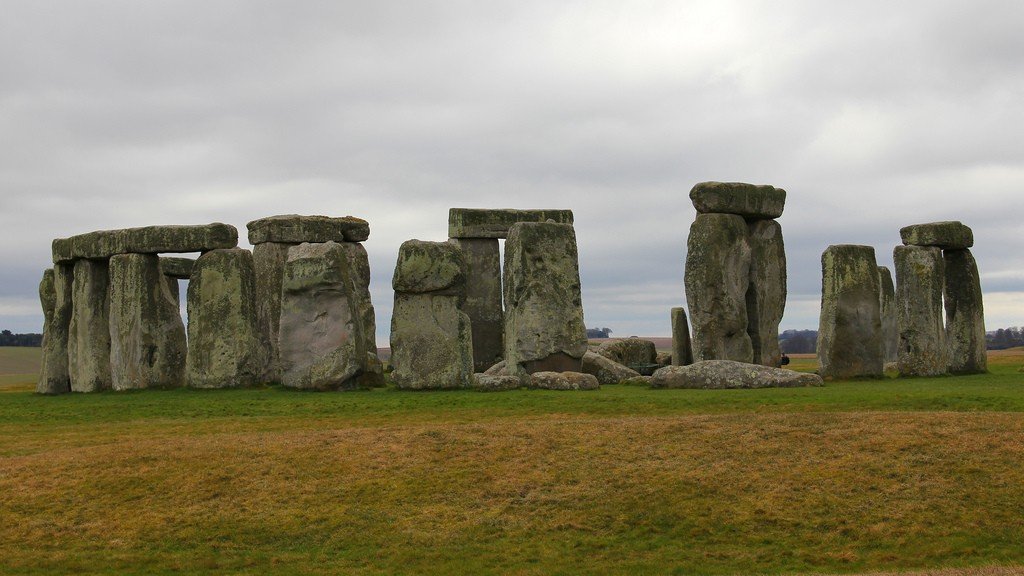
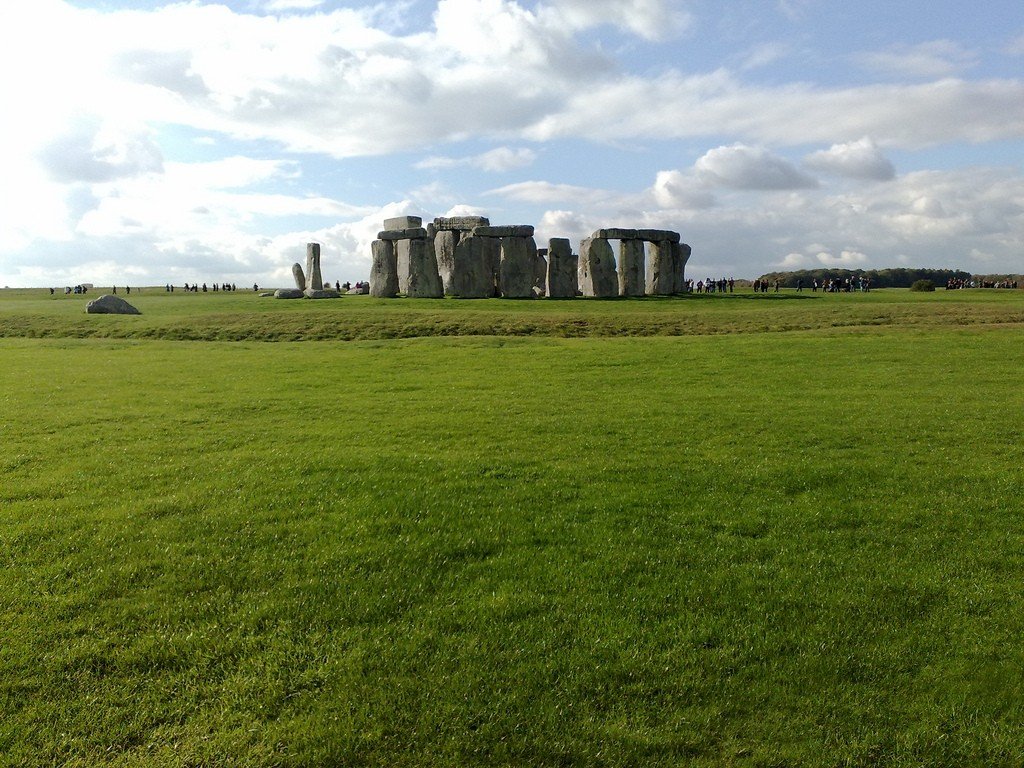
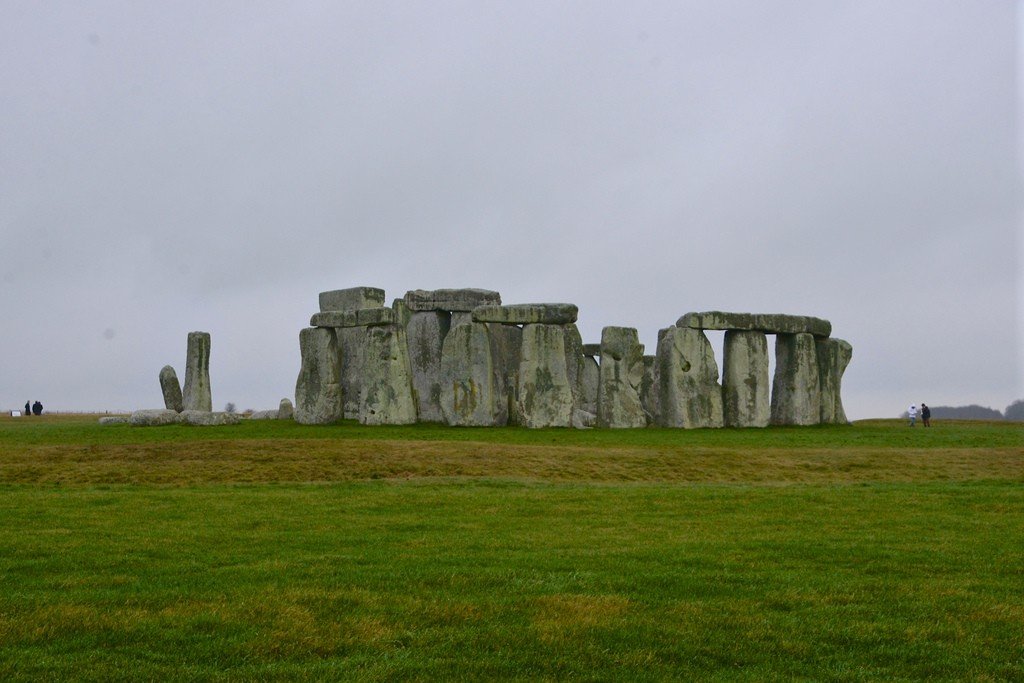
Video: Stonehenge
” title=”YouTube video player” frameborder=”0″ allow=”accelerometer; autoplay; clipboard-write; encrypted-media; gyroscope; picture-in-picture; web-share” allowfullscreen>Highlights
Stonehenge is located in an area where many prehistoric finds have been made. Stonehenge is considered a mysterious and magical place, and various modern sects, including followers of the Druids, gather here. Since Stonehenge was recognized as a UNESCO World Heritage Site, attempts have been made to prevent the inevitable environmental damage caused by the 800,000 tourists who come here each year.
.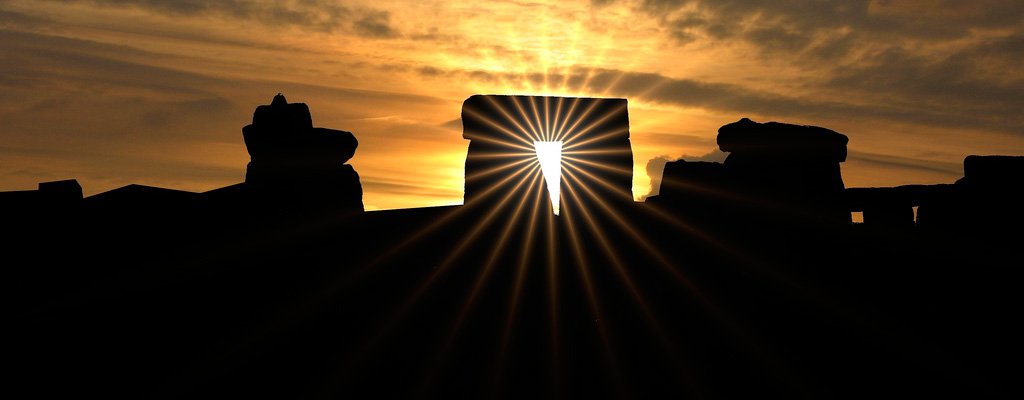
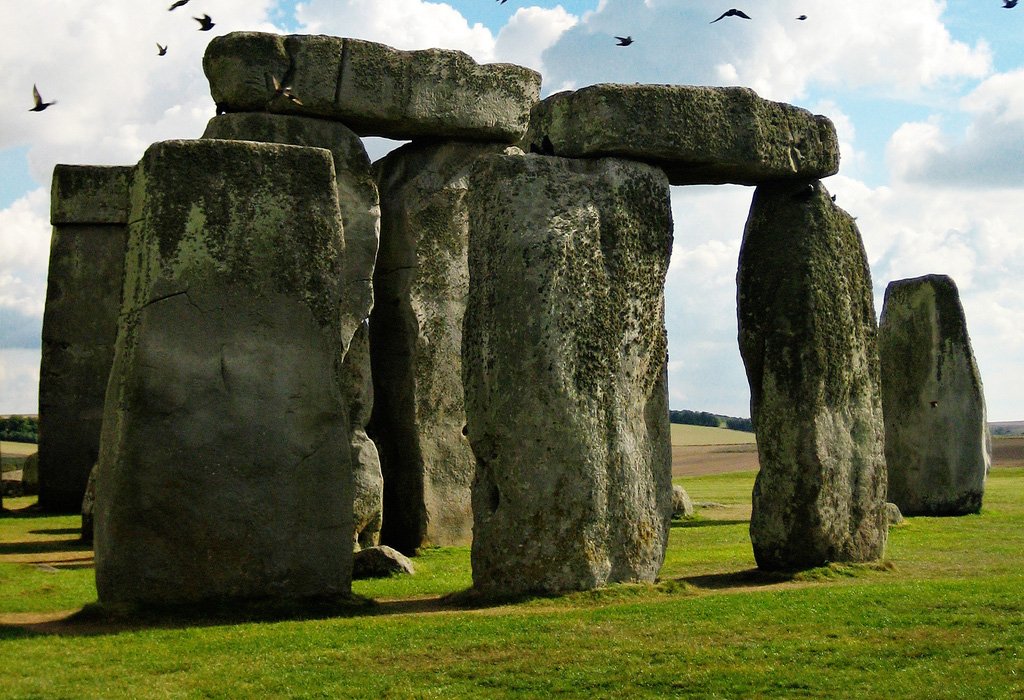
During the first period of construction, c. 3100 BC, a circular ditch was dug and a rampart was built. Soil excavated from the moat was used for the rampart.
.
The second period began sometime after 2500 BC, when the first megaliths were put in their place and the entrance on the northeast side of the circle was moved so that it faced exactly toward sunrise. To this day, archaeologists are still amazed at the accuracy with which ancient astronomers determined this location.
.
The third period began after 2000 B.C. Additional multi-ton megaliths were erected, forming the so-called “Sarsen Ring”. It includes 30 sandstone blocks 4.25 m high and weighing 25 tons each, stacked in a circle 30 m in diameter. Limestone blocks weighing 7 tons each were hewn so precisely as to form slabs over the vertical blocks. They were attached to the top of the supports by a system of studs and grooves. Articulations of this kind are consistent with Bronze Age culture and level of technology. In the center of the circle are placed five more trilithons lined up in the form of a horse horseshoe.
.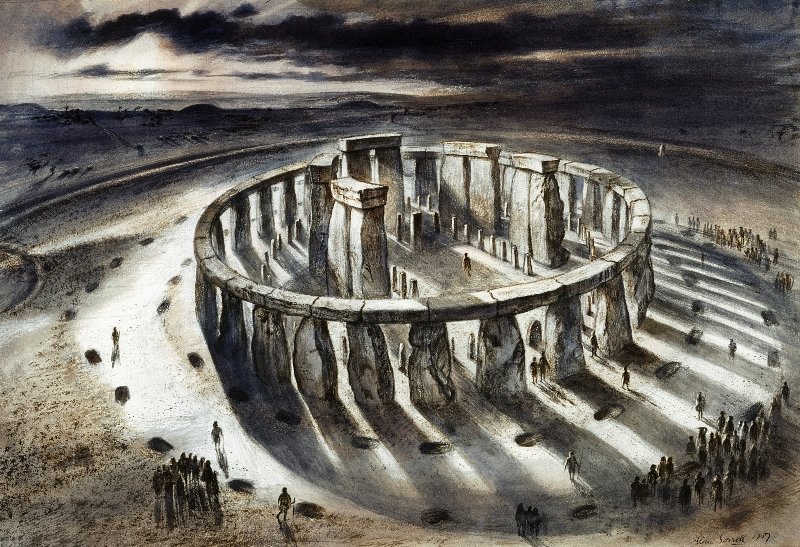
Purpose
The position of each block, vertical support and slab is strictly calibrated to the position of the sun on the summer and winter solstice. The two inner “horseshoes” are oriented to sunrise and sunset on the summer and winter solstices. Obviously, the builders attached great importance to this, but the meaning and purpose of the structures are still unknown to experts. Scientists are not sure that Stonehenge served as an astronomical laboratory. It is much more likely to use it as a religious center. In the middle stands an altar made of green stone. The other blocks in the inner circle are called “blue stones”. They are a special kind of basalt quarried in Wales, 380 kilometers away. It is difficult to understand how such multi-ton blocks could have been transported such a distance with Bronze Age means. According to the theory of archaeologist Aubrey Barl, they were not transported from place to place at all: supposedly these blue stones were brought here by an ancient glacier. However, legend has it that the stones were brought to Stonehenge by the great sorcerer Merlin.
.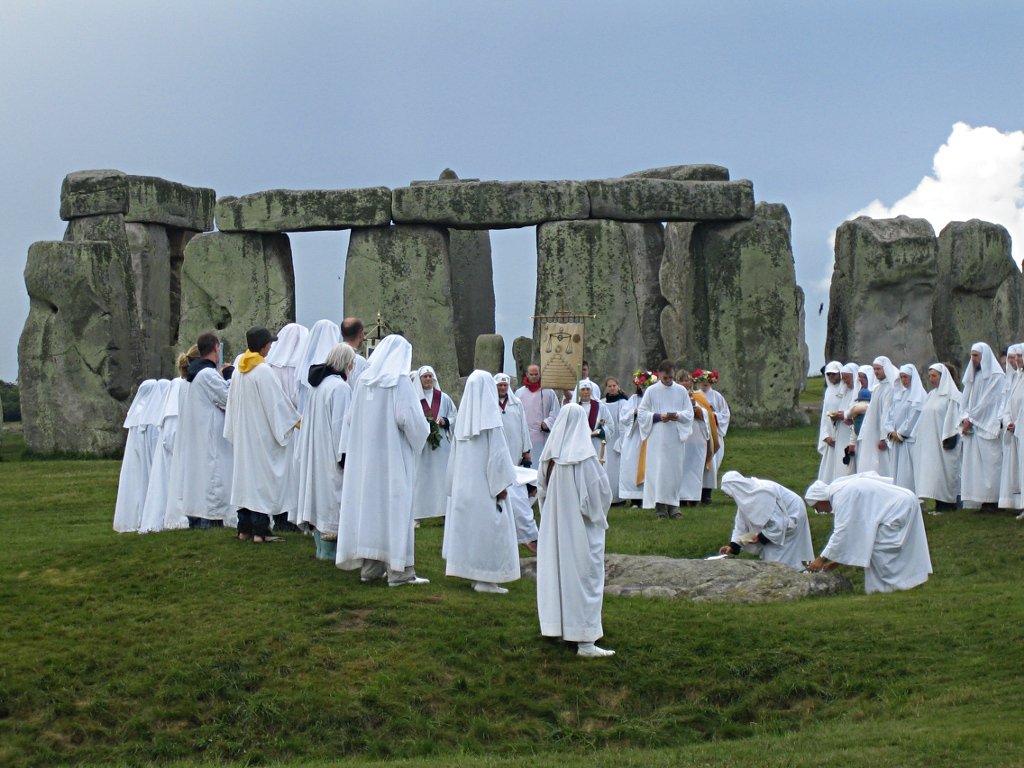
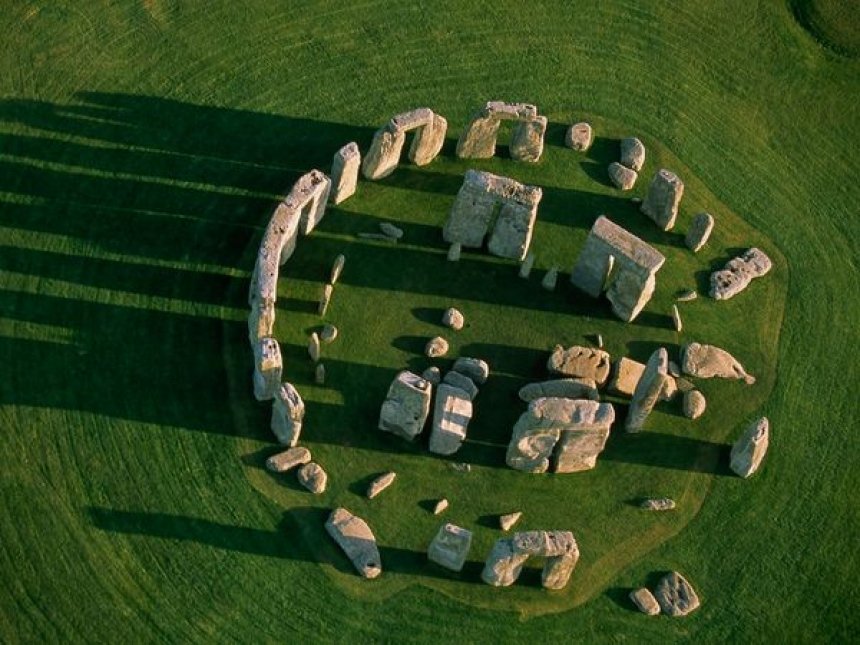
The myths associated with Stonehenge live on for generations, and this amazing place still draws crowds of visitors. No one is allowed to enter the inner circle of the megaliths, and only twice a year, on the summer and winter solstices, do the Celtic rites of the English Druids.
>
Stonehenge remains a mystery to archaeologists and history buffs. Many different theories have been put forward, but none of them have been fully proven.
Facts
- Age: The first traces of religious rituals date back to 8000 BC .
- Stages of construction: First period, 3100 BCE; second period, 2500 BCE; third period, 2000 BCE .
- Duration of construction: In total, construction took about 2000 years. .
